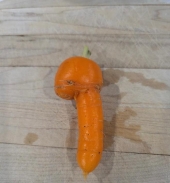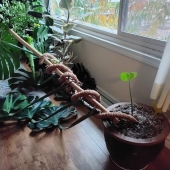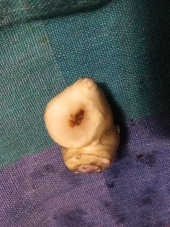I, too, am finding this problem, and I'm also in 6a. I know there's a late blight that affects tomatoes in this soil, so the mention of- was it fusarium- rings true. My colony of sunchokes is elevated but the past two weeks have been very wet following a droughty August and September.
My chokes did get a fungal disease several years back, and the supplier at Ronniger's (yes, so long ago that it was still Ronniger's) talked me through a treatment that got rid of it. It was a drier rot than this and showed earlier, including a wilt. That disease hasn't shown in many years.
I have long dug them through the winter, at times when the soil thaws, because all storage I've tried so far allows them to rot, and I can't use up the huge yield before they go bad. My location's winters have gotten much milder over the past decades and it's unusual for the soil to stay frozen for long.
Here's a question I've got, though: I have been intending to send a start to my friend in Sacramento, but I'm wondering if I should not do this, or if I should send anyway and advise her to take it to the local ag extension office before putting them out. Many tubers are not visibly affected, and, of course, I'd send her some of those.
Thanks.




